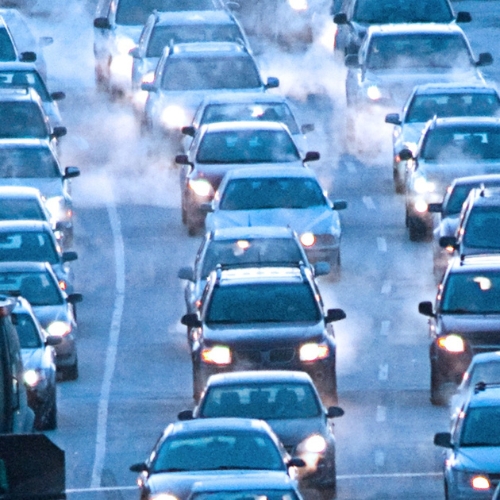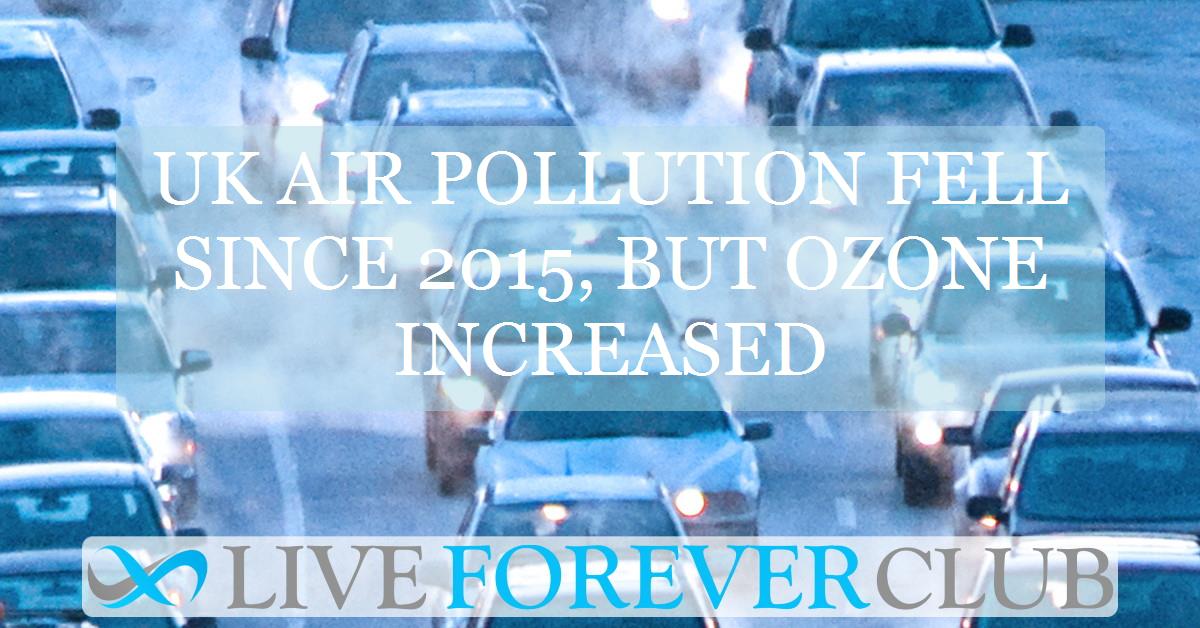Key points from article :
Researchers at the University of Reading analysed air pollution data from over 500 UK monitoring sites. Their study, published in Environmental Science: Atmospheres, shows that between 2015 and 2024, levels of nitrogen dioxide (NO2) and PM2.5 particles dropped by 35% and 30% respectively. NO2 comes mainly from vehicle emissions, while PM2.5 particles come from sources like wood burning, engine exhaust, and brake or tyre wear.
Despite this progress, pollution still exceeds safe levels too often. The number of days when NO2 crossed World Health Organization (WHO) safety limits dropped from 136 to 40, and PM2.5 exceedances dropped from 60 to 22 days. This shows improvement, but harmful exposure remains common.
However, surface ozone (O3) levels have increased by 17%. Ozone is created when sunlight reacts with NO2 and volatile organic compounds (VOCs), which are emitted by vehicles and industries. The number of days with unsafe ozone levels doubled from 7 to 14, likely worsened by rising temperatures linked to climate change.
Lead researcher Dr James Weber said efforts to reduce one pollutant may unintentionally raise others. The team stresses that fighting air pollution requires local action, global cooperation, and strategies that address all pollutants together, not in isolation.






